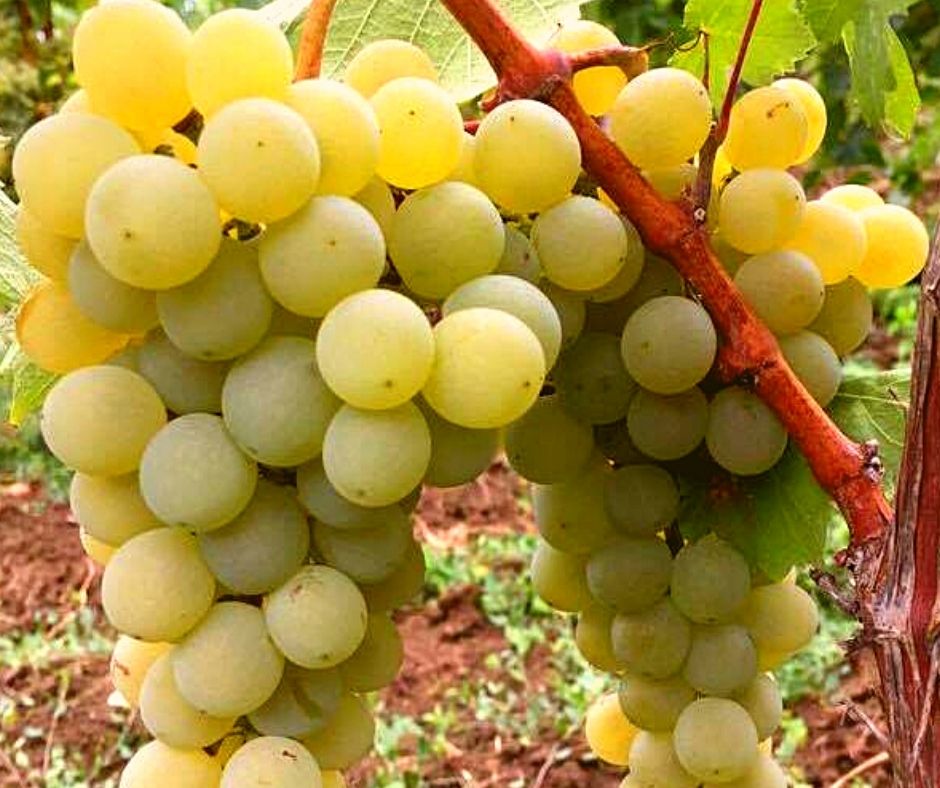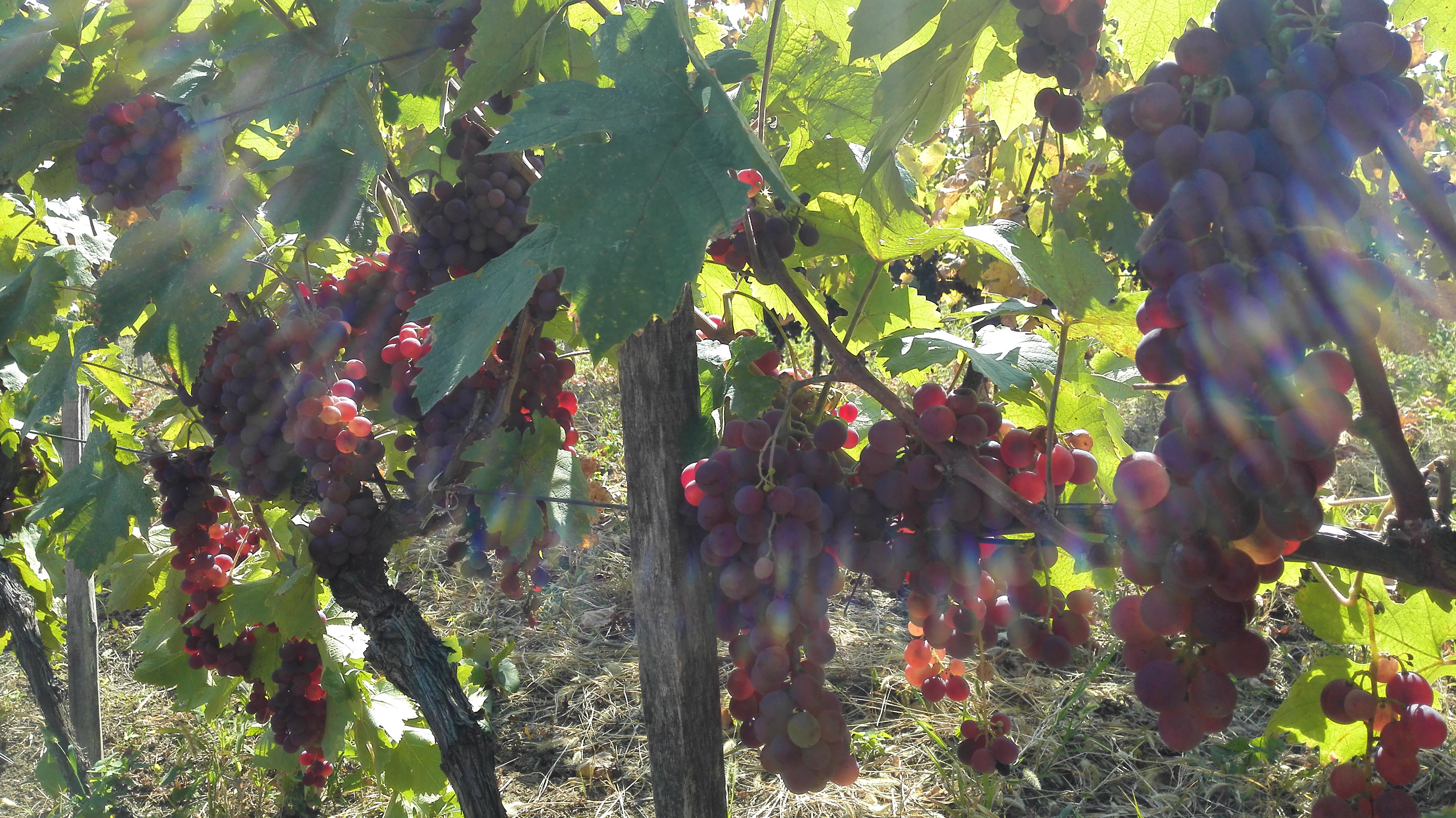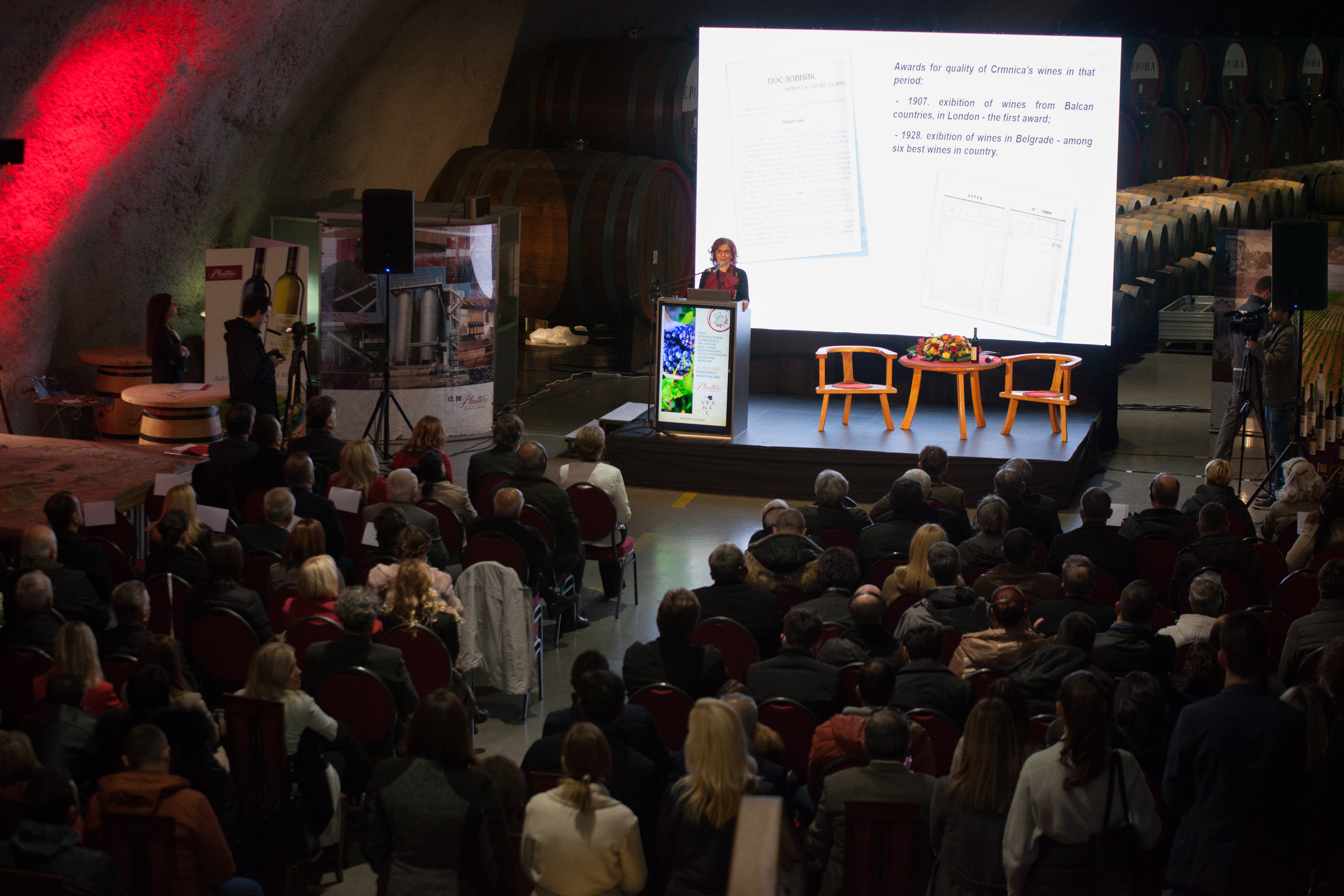Grape varieties
Grape varieties / 04/23/2017 / 5047


Tomislav Ivanović
Awarded wine writer, wine critic and contributor to selected wine magazines. WSET3-certified author and editor-in-chief of www.vinopedia.rs. Member of Vojvodina Sommelier Association. Juror in national and international wine competitions. Lecturing about wines of Serbia and the Balkans. Local partner of Wine Mosaic organization. Co-founder of International Prokupac Day.

Pročitajte i druge članke iz ove rubrike:


PROKUPAC
PROČITAJ VIŠE


SMEDEREVKA
PROČITAJ VIŠE


IMA LI PLOVDINA BUDUĆNOST?
PROČITAJ VIŠE


TURCI RATOM NIKAD NISU OSVOJILI CRNU GORU... A GROŽĐEM?
PROČITAJ VIŠE


SEDUŠA, RETKA SRPSKA SORTA VINOVE LOZE SAČUVANA OD NESTANKA
PROČITAJ VIŠE
Winner MILLESIMA BLOG AWARD 2016

Pobednik MILLESIMA BLOG AWARD 2016
VINO & FINO wine personality of the year 2016

VINO & FINO vinska ličnost godine 2016